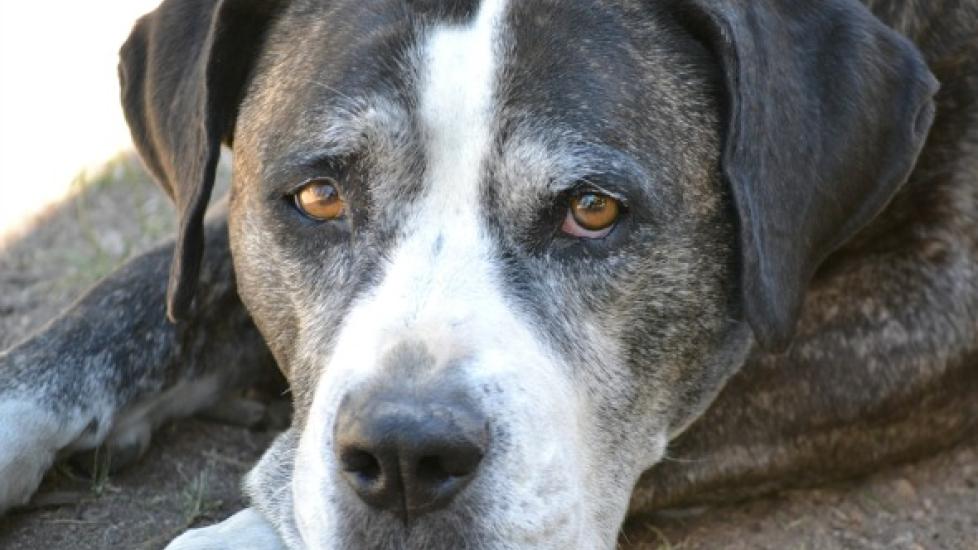Fungal Infection (Pneumocystosis) of the Lung in Dogs
Pneumocystosis in Dogs
Pneumocystosis is a fungal (Pneumocystis carinii) infection of the respiratory system. Commonly found in the environment, P. carinii only affects dogs (or humans) with compromised immune systems. This is because the weakened body defenses allows the organism to multiply and grow to critical levels in the lungs.
Symptoms and Types
Generally, the breathing difficulties will progressively worsen over a four-week period. Other signs associated with pneumocystosis include:
- Coughing
- Vomiting
- Diarrhea
- Gradual weight loss
- Difficulty in routine exercises
- Physical wasting with loss of weight and muscle mass (cachexia)
Causes
Pneumocystosis is caused by an overabundance of the P. carinii fungus in the respiratory system, typically found in immune-compromised dogs.
Diagnosis
You will need to give a thorough history of your dog’s health, including the onset and nature of the symptoms, to your veterinarian. He or she will then perform a complete physical examination, as well a biochemistry profile, urinalysis, and complete blood count (CBC) -- the results of which are usually non-specific and may show increased number of leukocytes or white blood cells as seen in infections, increased number of eiosinophils, and increased number of red blood cells. Blood gases testing, meanwhile, may reveal decreased partial pressure of oxygen in blood (hypoxemia), and increased pressure in blood pH. Thoracic X-rays are also conducted to see the severity and stage of the infection, as related to the lungs.
Treatment
Hospitalization and intensive care is required in severe cases. This may include oxygen therapy to minimize respiratory discomfort and prevent further decrease in the blood's oxygen level, and antibiotics to control infection. In these cases, dogs are kept in isolation to minimize exposure to other pathogens. Physical therapy may also be used to promote the removal of secretion from the lungs, while intravenous fluids are used to correct dehydration.
Living and Management
Prognosis will ultimately depend on the disease that has caused the immunodeficiency. However, it is generally promising in less severely affected patients that have undergone treatment early.
Regular monitoring of blood gases, pulse, and thoracic radiography is required to monitor the dog's response to the treatment. In addition, you should restrict the dog's activity level to a minimum and allow it to rest in a cage. If you should notice any signs of a deteriorating condition, such as coughing, respiratory discomfort, etc., call your veterinarian immediately.
